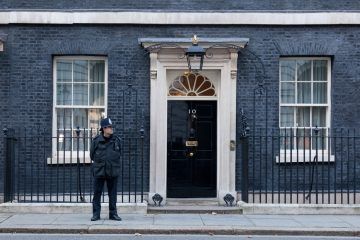Tenancy deposit cap saves average renter more than £100
Research from Generation Rent finds private renters have an average of £113 more in their pockets as a result of the Tenant Fees Act.
The campaign group is urging renters to check if their landlord holds more than five weeks’ rent as a deposit, which could result in a refund or protection from eviction.
In June 2019, the Tenant Fees Act was introduced to make most fees to tenants in England illegal. It also placed restrictions on other charges made by landlords and letting agents, including the security deposit for a new tenancy being capped at five weeks’ rent.
According to Generation Rent’s Freedom of Information requests to the Ministry of Housing, Communities and Local Government, the average deposit value before the cap was £1,108, which fell to £1,025 in March 2021. However, if there had been no cap, and deposits had increased at the same rate as rents in those two years (2.69%), this figure would have been £1,138, which is £113 more than the actual average.
Generation Rent points out that, as of March 2021, there was a combined total of £4.35bn protected by the three legally recognised deposit schemes – Tenancy Deposit Scheme, Deposit Protection Scheme and MyDeposits. This dropped by £60m since March 2019, when the figure stood at £4.41bn.
The group is urging all private renters who have renewed their tenancy but not moved home since May 2019 to check if their deposit is worth more than five weeks’ rent. If it is, the difference is a ‘prohibited payment’, which the landlord must refund if asked. It also protects the tenant from a Section 21 eviction if it is not refunded.
It has also found that the total value of deposits protected in insured schemes, where the landlord or letting agent keeps hold of the tenant’s deposit and pays an insurance premium, has declined by £318m since 2017. Meanwhile custodial schemes, where the deposit is held by the deposit protection scheme itself, have grown by a total of £258m in the same period.
Insured schemes remain the most commonly used schemes, says Generation Rent. As of March 2021, they were still used to protect 58% of all deposits by value. However, the recent boost in the popularity of custodial schemes suggests that landlords and letting agents are finding it less cost-effective to hold them this way due to new client money protection regulations and lower interest rates.
The Government plans to introduce Lifetime Deposits to help renters move between tenancies. At present, several schemes offer a ‘deposit-free option’, allowing tenants to pay a lower, non-refundable premium instead of a refundable deposit, but this costs households with no savings more in the long run.
Alicia Kennedy, Director of Generation Rent, comments: “It is good to see that the Tenants Fees Act is having a positive impact in reducing tenants’ costs of moving home. If you’ve signed a tenancy since June 2019 and paid more than five weeks’ rent as a deposit then you are protected.
“But deposits remain a large barrier to moving, making it hard for tenants to move out of an unsuitable property and putting tenants who face eviction at risk of homelessness. Renters who lack savings need a way of transferring their deposit from their current tenancy to the next one without being ripped off with a poverty premium.
“As the Government finalises its Lifetime Deposit proposals it must standardise and speed up the deposit disputes process, which currently allows unscrupulous landlords to waste tenants’ time with spurious claims.”





